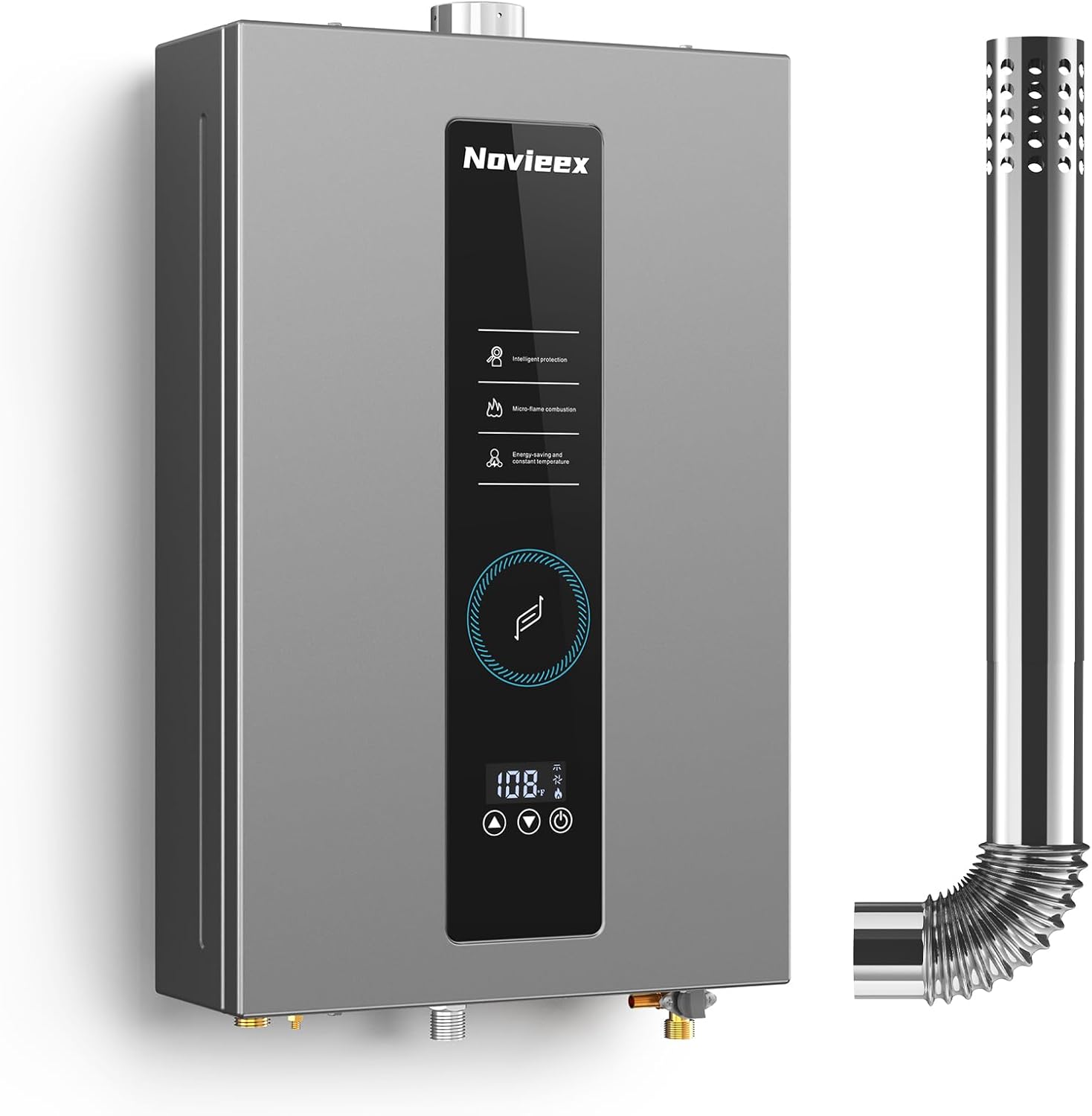The best time to put heating on is in the evening, set to lower overnight, ensuring comfort while saving energy and reducing bills.
You dread winter’s chill, shivering under blankets while worrying about soaring energy bills. Finding the perfect time to turn on your heating feels impossible, leaving you either freezing or financially strained.
The right heating schedule can transform your comfort and cut costs significantly. In this guide, we’ll cover optimal timing, temperature settings, and smart strategies like using a programmable thermostat for maximum efficiency.

Key Takeaways
- Evening activation with overnight reduction balances warmth and savings
- Programmable thermostats optimize heating based on occupancy patterns
- Regular maintenance ensures system efficiency and prevents costly repairs
- Zoned heating approaches target warmth where needed most

1. Understanding Heating Timing Fundamentals
Heating timing revolves around occupancy patterns and temperature drops. Most households benefit from activating systems when residents return home in late afternoon or early evening. This aligns warmth with periods of maximum occupancy, ensuring comfort when people are awake and active. Nighttime brings natural temperature declines, making evening the strategic starting point for heating cycles.
Consider external temperatures when determining your schedule. As outdoor mercury falls below 15°C, indoor heating becomes necessary for comfort. Modern systems work efficiently with intermittent operation rather than continuous running. This approach maintains pleasant environments while conserving energy. Always factor in your home’s insulation quality, as well-insulated spaces retain heat longer, permitting shorter operating periods.
2. Optimal Daily Heating Schedule
Create a structured daily routine that matches your lifestyle. Begin heating approximately 30 minutes before typical wake-up times, ensuring comfortable mornings without excessive energy use. During work hours or when the house is empty, lower temperatures significantly to conserve energy. Reactivate systems before evening return, providing welcoming warmth after absences.
Evening hours demand careful temperature management. Maintain comfort levels during dinner and relaxation periods, then gradually reduce heating before bedtime. This staged approach prevents overheating unused spaces while saving substantial energy. Overnight, set temperatures 3-5 degrees lower than daytime settings, balancing comfort with efficiency as metabolic rates decrease during sleep.
3. Seasonal Timing Considerations
Seasonal changes dramatically impact heating requirements. Autumn demands gradual system activation as temperatures decline, typically starting when consistent readings below 15°C occur. This transitional approach prevents sudden energy spikes while accommodating changing comfort needs. Winter requires full operational schedules with careful attention to insulation efficiency and system performance.
Spring necessitates progressive heating reduction as ambient temperatures rise. Monitor weather patterns to determine appropriate deactivation timing, typically when consistent readings above 15-18°C occur. This seasonal awareness prevents unnecessary energy consumption during warmer periods. Always consider regional climate variations, as northern locations require longer heating seasons than southern regions.
4. Temperature Settings for Efficiency
Ideal temperature settings balance comfort with conservation. Daytime occupied spaces perform best at 18-21°C, providing warmth without excessive energy use. Nighttime settings can safely drop to 15-18°C, leveraging natural body temperature reductions during sleep. Unoccupied spaces require minimal heating, potentially as low as 10-12°C to prevent freezing issues.
Implement gradient adjustments rather than abrupt changes. Program thermostats to gradually reach desired temperatures, preventing system strain and improving efficiency. Utilize zoning capabilities to heat only necessary areas, particularly useful in larger homes with variable occupancy patterns. Consider investing in remote control systems for dynamic adjustments based on changing needs.
5. System-Specific Timing Strategies
Different heating systems demand unique timing approaches. Traditional boilers work efficiently with scheduled on/off cycles, typically 2-3 times daily during cold periods. Heat pumps perform better with longer, consistent operation rather than frequent cycling. Underfloor heating requires earlier activation due to slower response times but offers sustained warmth with lower operating temperatures.
Electric systems benefit from off-peak timing to leverage cheaper electricity rates during nighttime hours. Gas systems provide rapid response, suitable for quick heating when needed. Always consult your system’s manual for manufacturer-recommended operating procedures. Combine system capabilities with smart controllers for optimized performance that matches both equipment specifications and lifestyle requirements.
6. Maintenance Impact on Timing Efficiency
Regular maintenance significantly influences heating timing effectiveness. Well-maintained systems achieve desired temperatures faster, reducing required operating periods. Annual servicing ensures optimal combustion efficiency in fuel-based systems, directly impacting energy consumption. Clean filters and unobstructed vents improve airflow, enhancing heat distribution and permitting shorter running times.
Address system deficiencies promptly to maintain timing precision. Lagging responses or failure to reach set temperatures indicate potential issues requiring attention. Bleed radiators annually to eliminate air pockets that impede heat transfer. Consider professional assessments for older systems to identify upgrade opportunities that could improve timing efficiency and overall performance.
Comparison of Heating Timing Strategies
| Strategy | Best For | Energy Saving | Comfort Level |
|---|---|---|---|
| Evening Start | Working households | High | Excellent |
| Continuous Low | Well-insulated homes | Medium | Consistent |
| Occupancy-Based | Irregular schedules | Very High | Variable |
| Traditional Schedule | Retirees | Low | Constant |
Mastering heating timing transforms winter from a season of dread to comfortable affordability. Implement evening activation with overnight reduction, maintain your system regularly, and embrace programmable controls. These strategies deliver optimal warmth precisely when needed while maximizing energy savings. Your perfect heating schedule awaits—warmth and savings can coexist beautifully.

